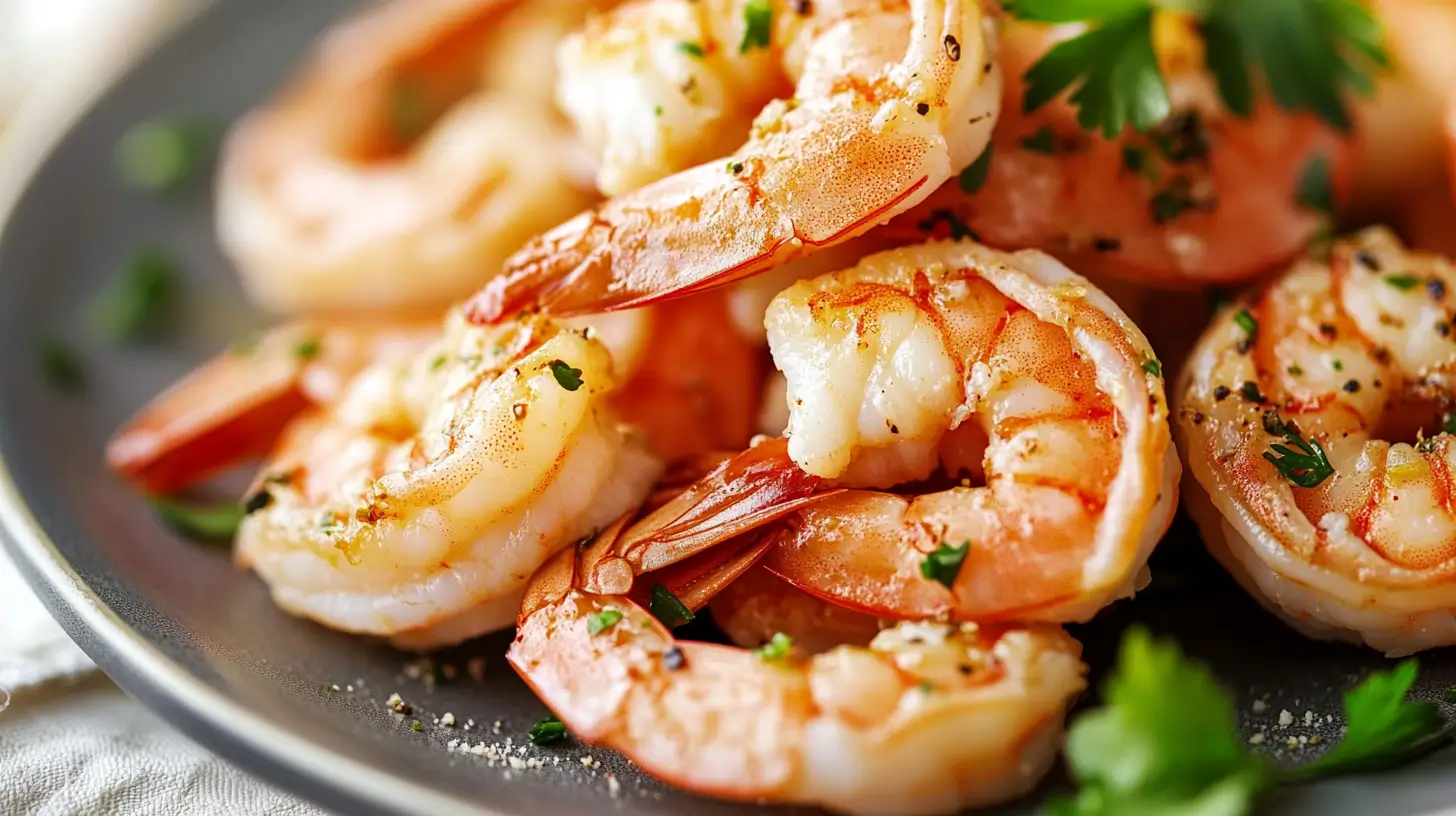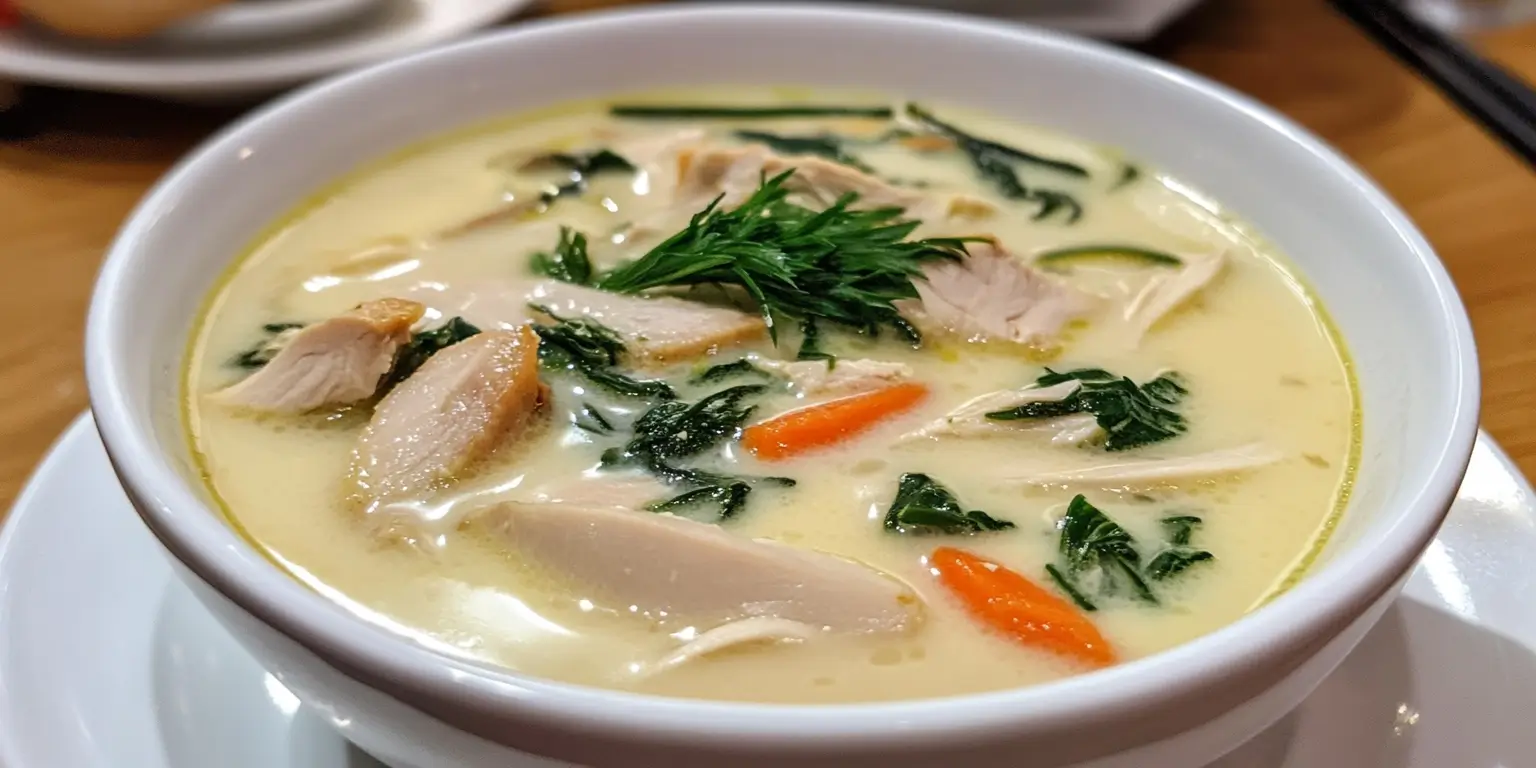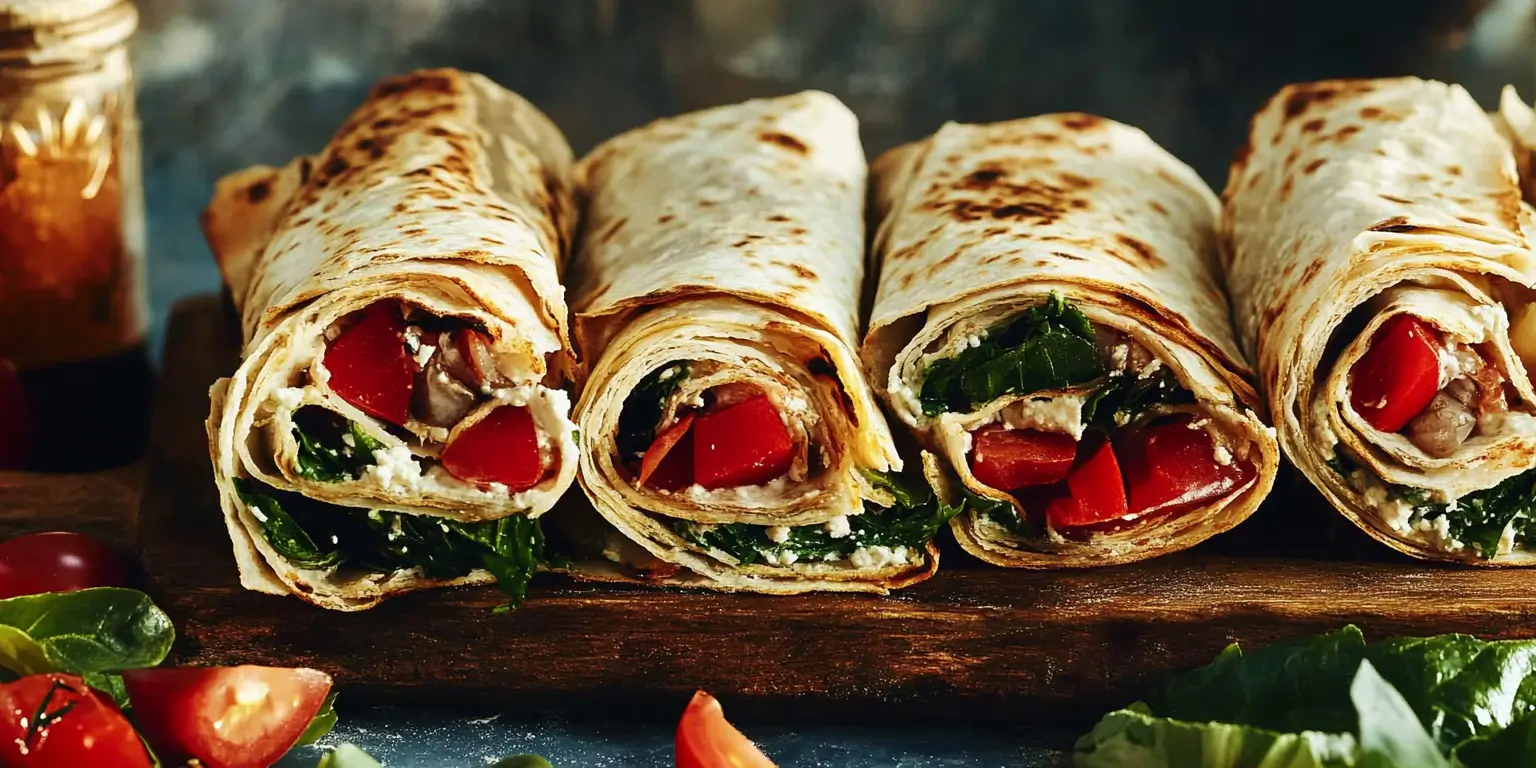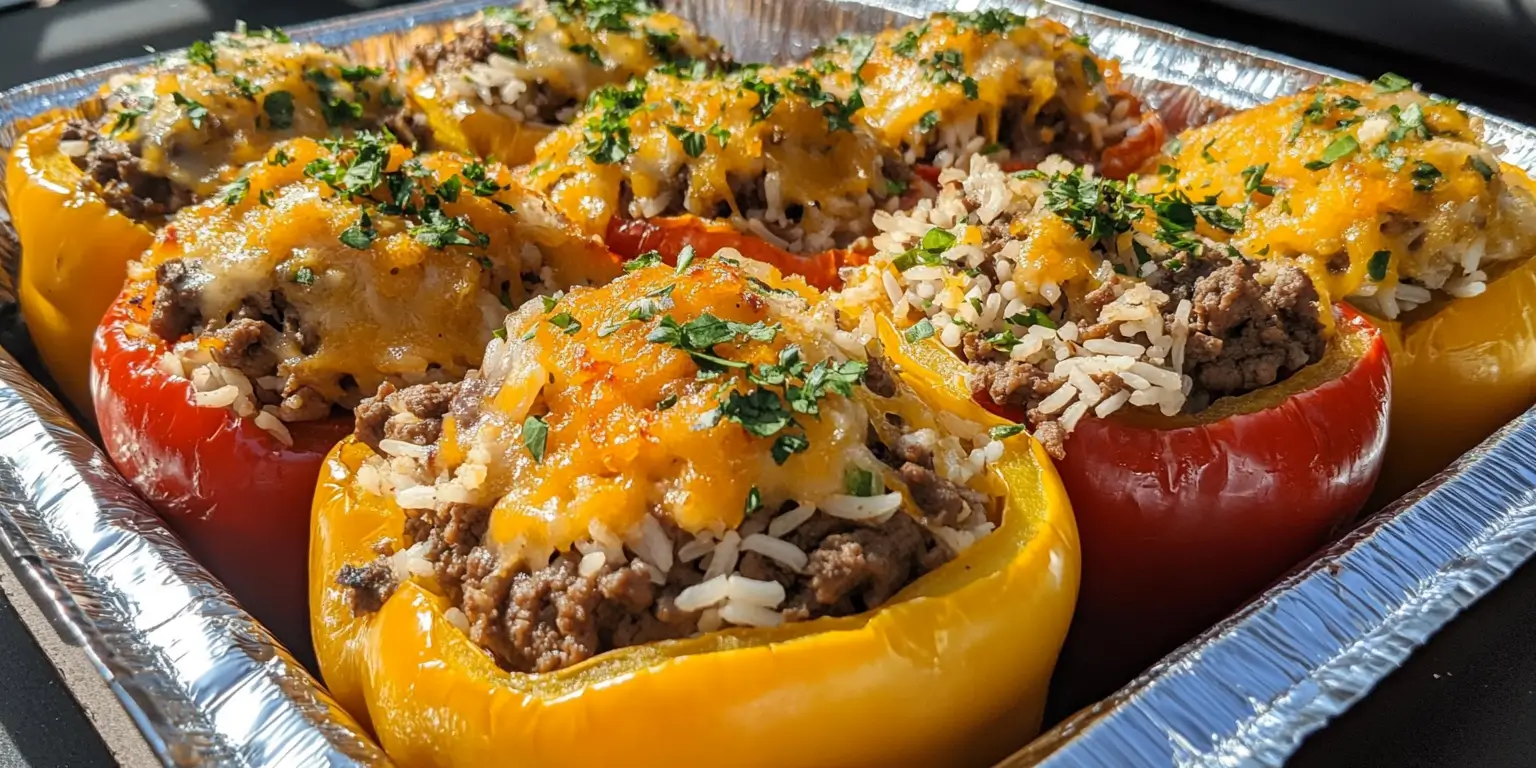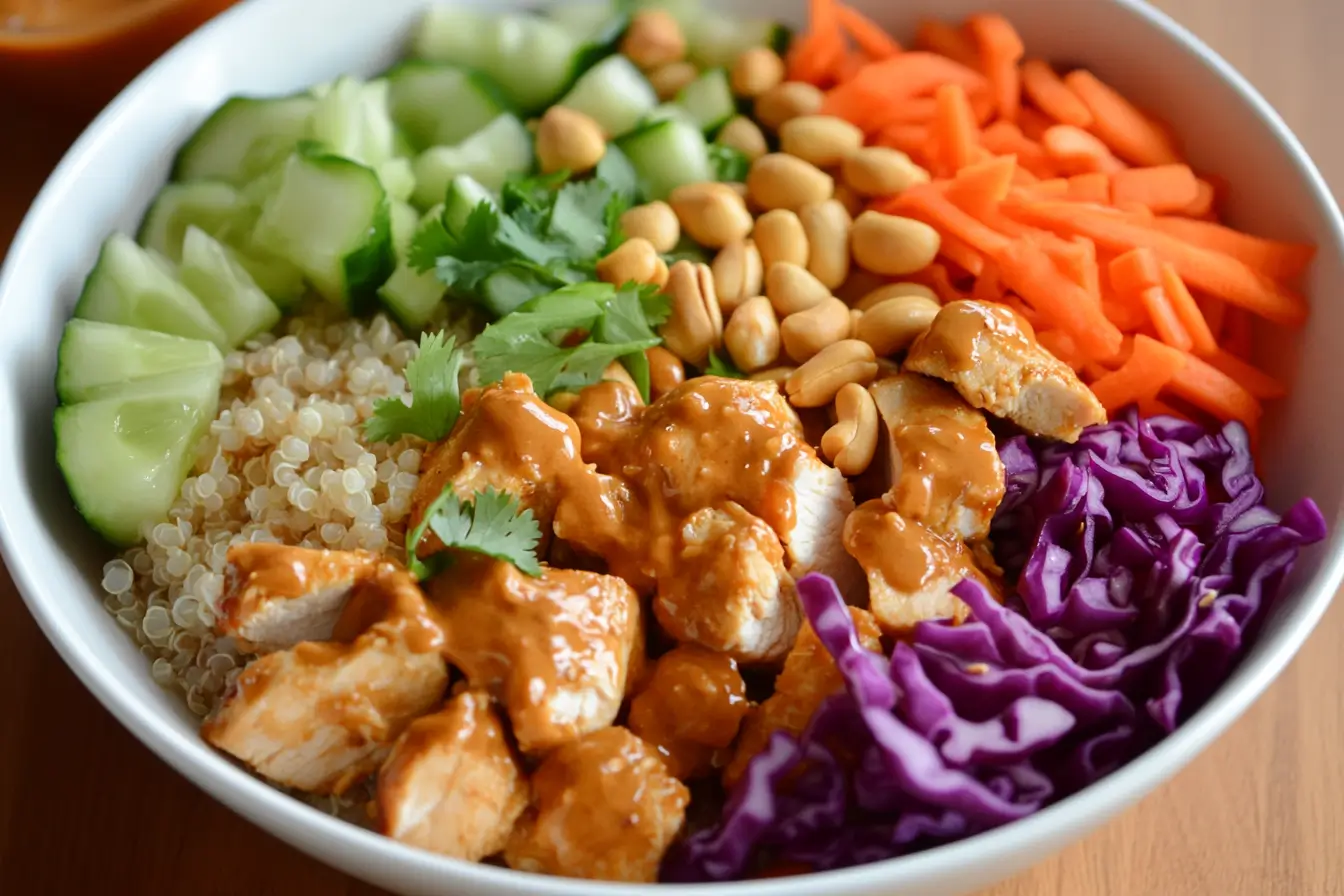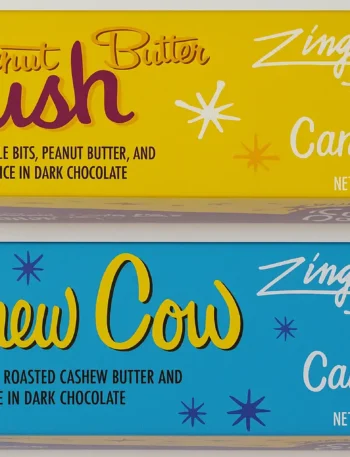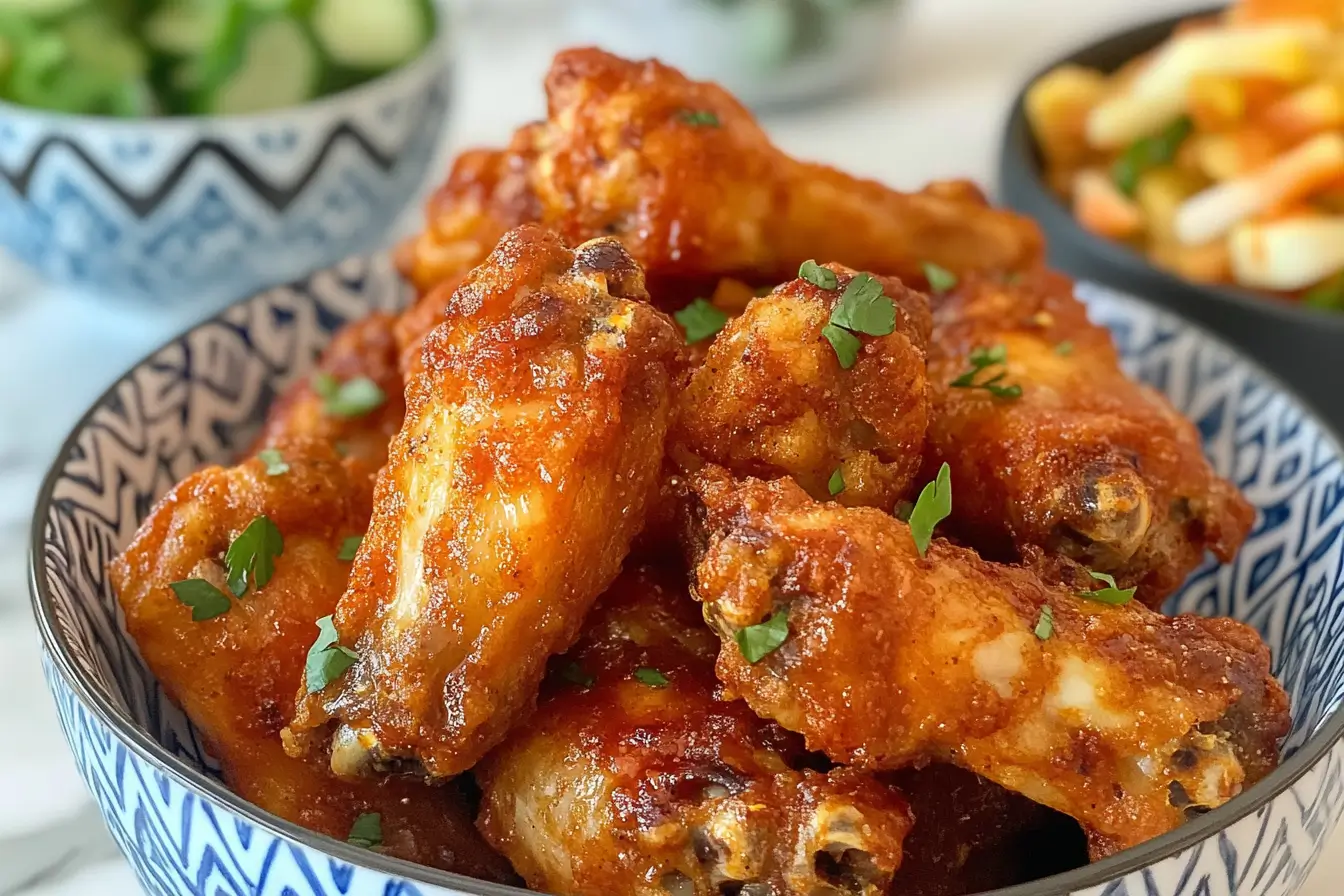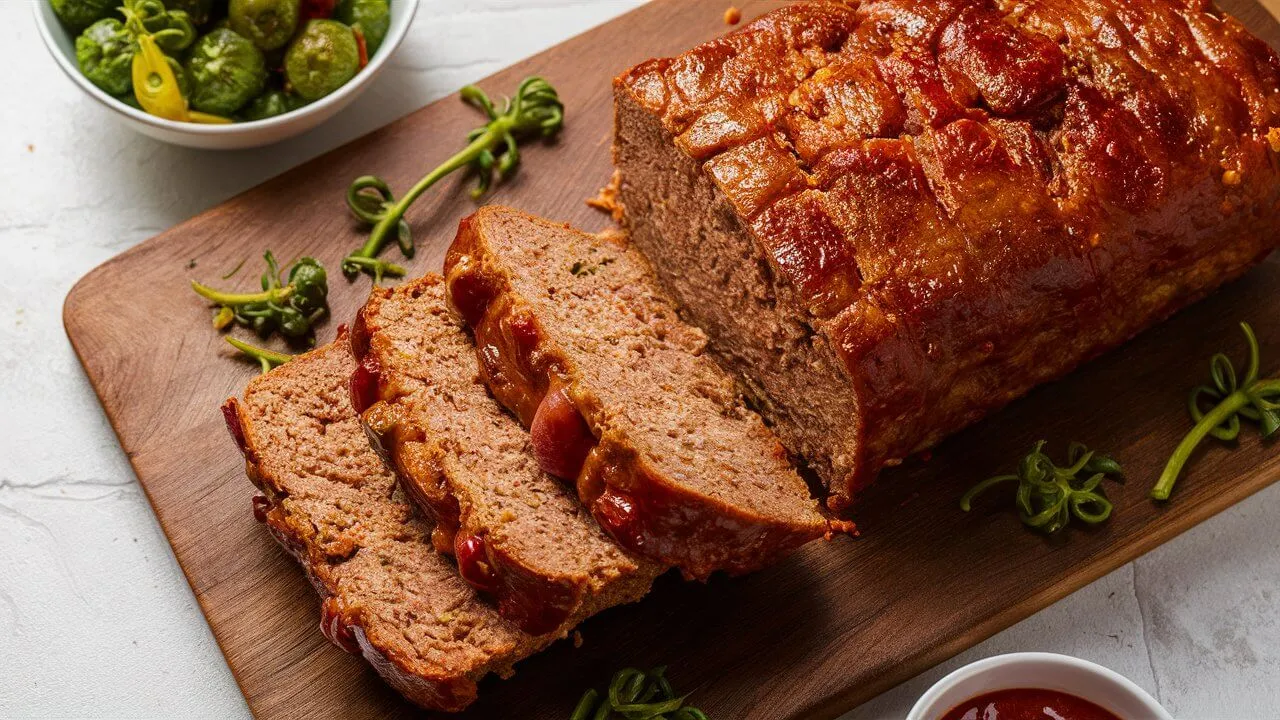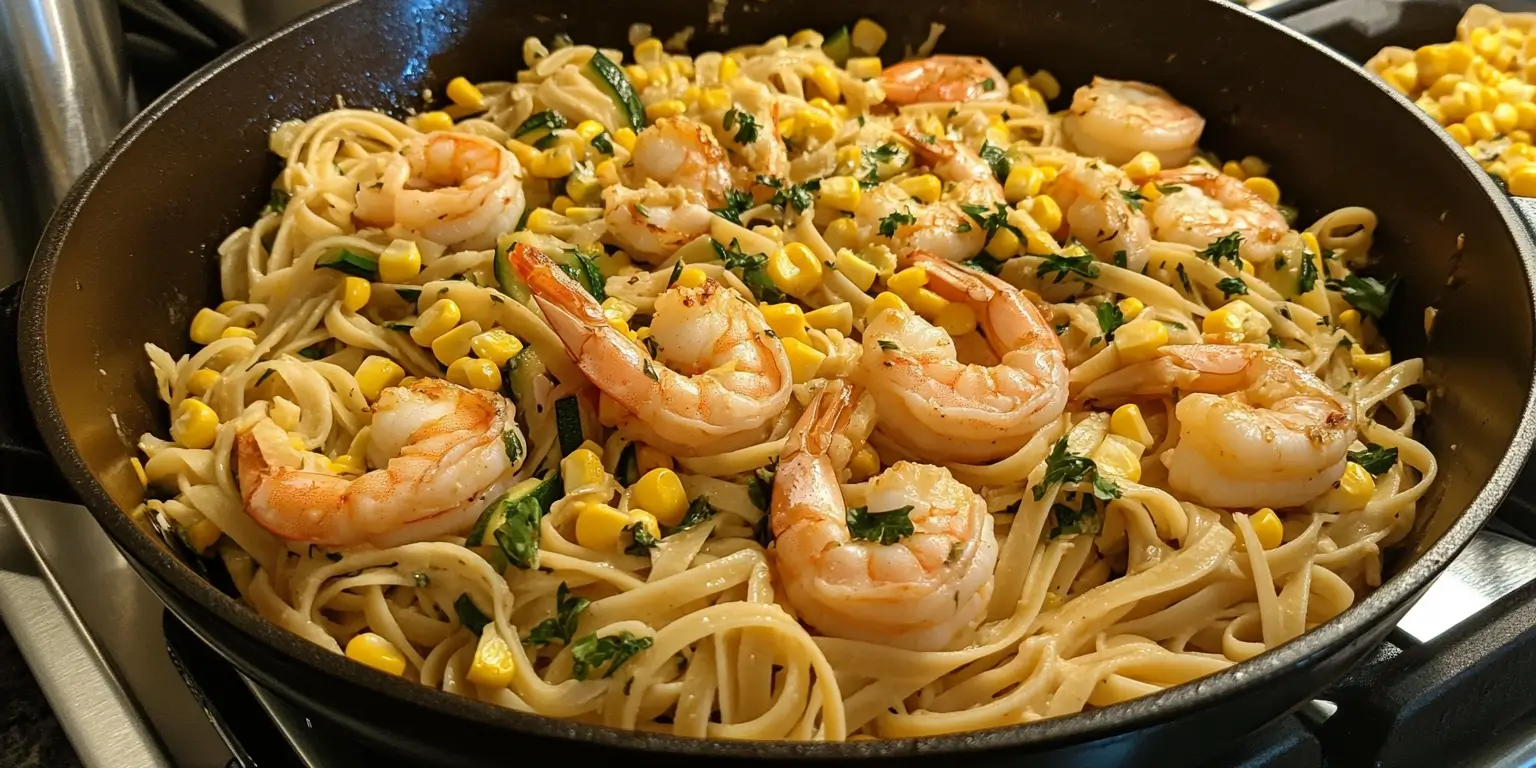Shrimp is one of the most popular seafood choices globally, cherished for its delicate flavor and versatility in cooking. From appetizers to main courses, shrimp can be found in various dishes across different cuisines.
Shrimp is not only delicious but also packed with lots of nutrients. It is low in calories, high in protein, and provides an array of vitamins and minerals essential for good health.
Nutritional Content of Shrimp
Macronutrients in Shrimp
A 3-ounce serving of shrimp contains approximately 84 calories, 20 grams of protein, and less than 1 gram of fat. This makes shrimp an excellent option for those looking to increase their protein intake without consuming too many calories.
Essential Vitamins and Minerals
Shrimp is rich in essential nutrients such as vitamin B12, iodine, phosphorus, and selenium. These nutrients play crucial roles in maintaining energy levels, supporting thyroid function, and promoting overall well-being.
Health Benefits of Eating Shrimp
Supports Weight Management
Due to its high protein content and low calorie count, shrimp is an excellent choice for those aiming to manage their weight. Protein can increase satiety, reducing the likelihood of overeating.
Promotes Heart Health
Shrimp contains good amount of omega-3 fatty acids, which are beneficial for heart health. These healthy fats may reduce inflammation, lower blood pressure, and decrease risk factors of heart disease.
Potential Health Concerns
Cholesterol Content
While shrimp is low in fat, it does contain cholesterol. However, recent studies suggest that dietary cholesterol has a smaller impact on blood cholesterol levels than previously believed. Consuming shrimp in moderation as part of a balanced diet is generally considered safe.
Allergies and Sensitivities
Shrimp is a common allergen, and some individuals may experience allergic reactions. Symptoms may vary from mild itching to severe anaphylaxis. If you have a known shellfish allergy, it’s essential to avoid shrimp and related seafood.
Sustainable Shrimp Consumption
Importance of Sustainable Practices
Sustainable shrimp farming and fishing are crucial for protecting marine ecosystems and ensuring long-term shrimp availability. Choosing sustainably sourced shrimp helps reduce environmental impact and supports responsible practices.
How to Choose Sustainable Shrimp
Look for certifications such as the Marine Stewardship Council (MSC) or Aquaculture Stewardship Council (ASC) when purchasing shrimp. These labels show that the shrimp were harvested while using sustainable methods.
Different Types of Shrimp
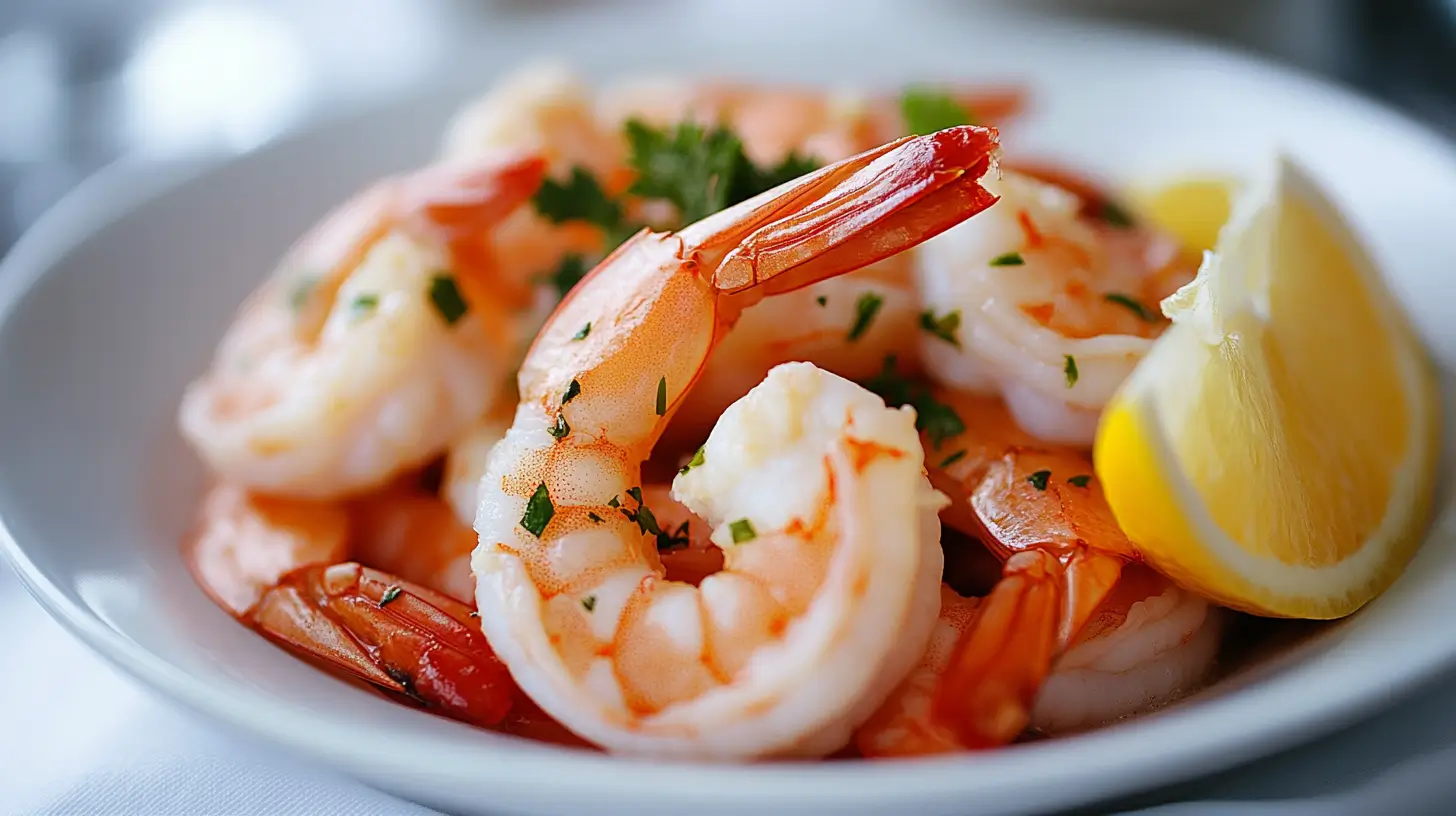
Wild-Caught vs. Farmed Shrimp
Wild caught shrimp are harvested from their natural habitats, while farmed shrimp are raised in more controlled environments. Both types have lots of benefits, but sustainable practices should always be a consideration.
Common Shrimp Varieties
There are numerous shrimp varieties, including white shrimp, tiger shrimp, and pink shrimp. Each variety has a slightly different flavor and texture, allowing for diverse culinary applications.
How to Include Shrimp in Your Diet
Cooking Methods
Shrimp can be cooked in various ways, including grilling, sautéing, boiling, and baking. Each method brings out different flavors and textures, making shrimp a versatile ingredient in the kitchen.
Recipe Ideas
Here are a few ideas for incorporating shrimp into your meals:
- Shrimp Scampi: Sauté shrimp with garlic, butter, and white wine for a classic Italian dish.
- Shrimp Tacos: Grill shrimp and serve with fresh salsa, avocado, and lime in warm tortillas.
- Shrimp Stir-Fry: Combine shrimp with vegetables and a savory sauce for a quick and healthy meal.
Shrimp in Global Cuisine
Popular Shrimp Dishes Worldwide
Shrimp is featured in a variety of dishes around the world. Some popular examples include:
- Paella (Spain): A rice dish with shrimp, saffron, and other seafood.
- Gumbo (USA): A hearty stew with shrimp, sausage, and okra.
- Pad Thai (Thailand): Stir-fried noodles with shrimp, peanuts, and lime.
Shrimp in Cultural Cuisines
Shrimp plays a significant role in many cultural cuisines, offering unique flavors and culinary traditions. Exploring shrimp dishes from different cultures can introduce you to new and exciting ways to enjoy this seafood.
Buying and Storing Shrimp
Tips for Buying Fresh Shrimp
When purchasing shrimp, look for firm, translucent shells and avoid any with a strong odor. Fresh shrimp should have a mild sea smell and be free from black spots or discoloration.
Proper Storage Techniques
Store fresh shrimp in the coldest part of the refrigerator and use them within two days. If freezing, wrap them tightly to prevent freezer burn. Thaw frozen shrimp in the refrigerator or under cold running water before cooking.
Preparing Shrimp for Cooking
Cleaning and Deveining Shrimp
To prepare shrimp, start by removing the shell and deveining it. This can be done with a sharp knife or a deveining tool. Rinse the shrimp thoroughly under cold water.
Marinating Tips
Marinate shrimp for no more than 30 minutes to enhance flavor without making them mushy. Simple marinades with ingredients like olive oil, garlic, lemon juice, and herbs work well.
Conclusion
Shrimp is a nutritious and versatile seafood option that you can enjoy in various ways. Its high protein content, low calories, and rich nutrient profile make it a healthy choice for many diets. By choosing sustainably sourced shrimp and exploring different cooking methods and recipes, you can enjoy the many benefits that shrimp has to offer.
[tasty-recipe id=”738″]
FAQs
- Is shrimp good for weight loss?
Yes, shrimp is low in calories and high in protein, making it an excellent option for those looking to manage their weight.
- How often can I eat shrimp?
Consuming shrimp a few times a week is generally safe and can be part of a balanced diet. Be mindful of any allergies or sensitivities you may possibly have.
- What nutrients are found in shrimp?
Shrimp is rich in protein, vitamin B12, iodine, phosphorus, and selenium, among other essential nutrients.
- Can I eat shrimp if I have high cholesterol?
While shrimp contains cholesterol, its impact on blood cholesterol levels is less significant than previously thought. It’s generally safe to eat shrimp in moderation as part of a balanced diet.
- What is the best way to cook shrimp?
Shrimp can be cooked in various ways, including grilling, sautéing, boiling, and baking. The best method depends on the dish you’re preparing and your personal preference.

